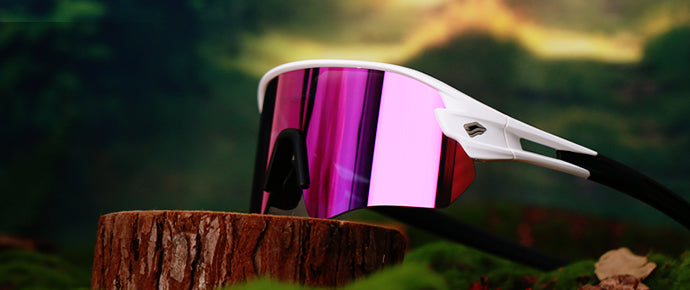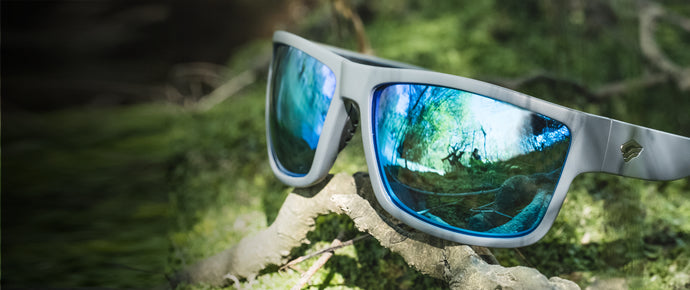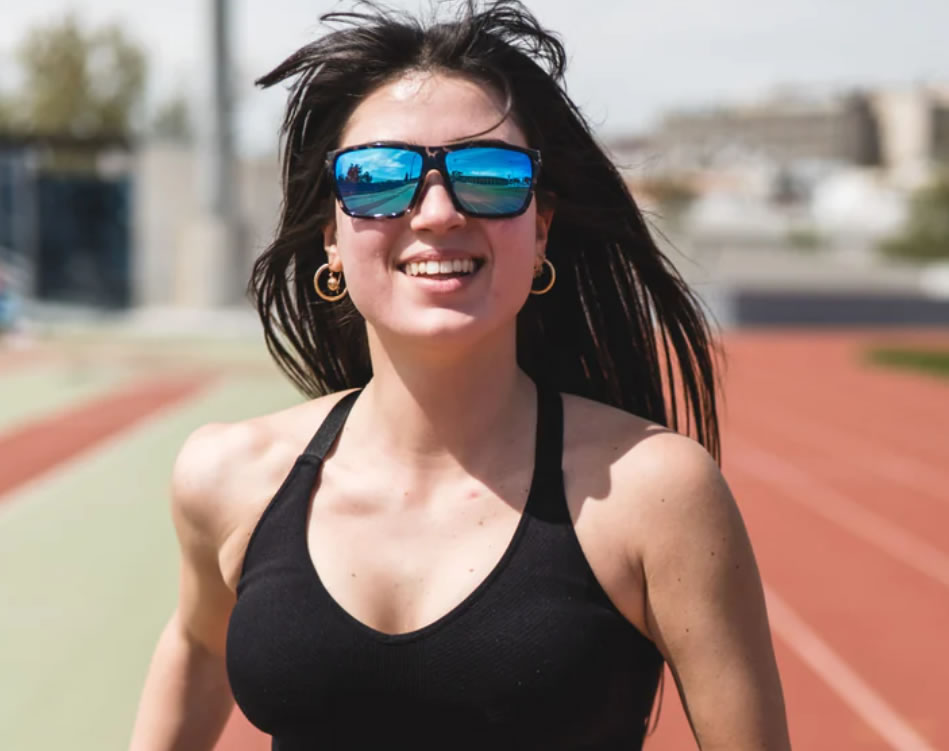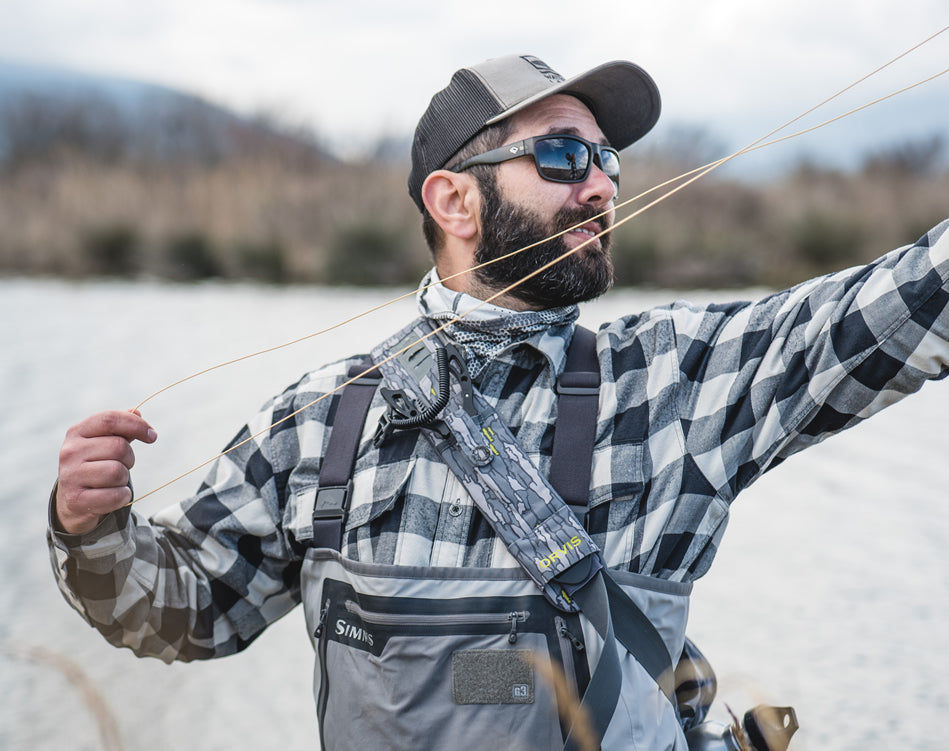Photochromic sunglasses are very unusual glasses, the lenses of which can change depending on the light. If there is a lot of light, then they are darkened, if the room is dark enough, then they become light. Photochromic eyewear is designed to protect your eyes from harmful substances such as ultraviolet. And if you do sports, in particular outdoors, then there is a need to purchase such sunglasses. But are they suitable for all sports? Let's figure it out.

How do photochromic lenses work? Their types.
Photochromic lenses are able to change the degree of dimming, or rather, the light transmittance of glasses. After all, the smaller the percentage of visible light that the lens transmits, the darker it is. On the packaging with glasses, this is indicated by the parameter VLT - Visible Light Transmission, or literally "transmittance of visible light". VLT is specified as a percentage: the higher the value, the more transparent the lens. Depending on how much the filter is darkened, it is assigned an index from S0 to S4 corresponding to a certain range of light transmittance:
S0 is an almost completely transparent lens that transmits from 80 to 100% of light. They are comfortable to wear indoors, in dim artificial lighting, at night, and in deep twilight.
S1 - translucent lenses for cloudy weather, fog, snowfall, and impending twilight.
S2 - lenses for variable clouds or the winter sun when it is located low above the horizon.
S3 - dark lenses are designed for bright sunlight.
S4 is a lens for the highlands with the maximum possible dimming: they transmit only 3-8% of visible light and are designed for climbing in the highlands.
Usually, photochromic filters for sports optics overlap from two to three VLT categories, for example, S2-S3 or S1-S3. S2-S4 lenses are less common.
Downhill skiing and snowboarding
For a skier or snowboarder, glasses or a mask are a mandatory element of equipment. It is almost impossible to ride without them. At the same time, skiing conditions can be very different, and the weather in the mountains is changing rapidly, especially in the highlands. Instead of the bright sun, the sky can become overcast literally in the middle of the descent, especially if the upper station of the lift is above the level of clouds. And in large resorts, transitions to slopes with a different exposure, and consequently, the degree of illumination by the sun, are not uncommon.
Depending on the riding region, the height of the mountains, weather conditions, and many other factors, the rider needs a lens from S1 to S3. It is highly desirable to see the slope clearly and to the smallest detail, especially if you are riding at high speeds, so the rider needs good contrast and optimal dimming.
Bicycling
Cyclists also practically do not take off their glasses while riding, protecting their eyes from dust, wind, midges and other things. And in the same way, a cyclist needs to see the road surface in all details, which requires optimal dimming of the optics. The photochromic lens allows you not to take a second pair of glasses or replaceable filters during long bike rides, for example, during bike rides or brevets. Photochromic glasses are also ideal for those who like to ride a bike to work, at any time of the day you will have optimal darkening: darkened during the day, and almost or completely transparent in the evening twilight.
Running
During training on the streets and in the parks of the city, some photochromic glasses can replace several pairs of interchangeable lenses, which allows you to save money and not think about which set of filters to put before jogging. Most of all, glasses with photochromic lenses are suitable for trail runners and skyrunners. It is inconvenient to be distracted by replacing lenses for a long time, and meanwhile, long races in the mountains are often accompanied by unpredictable weather, when the sun quickly gives way to clouds and vice versa.
Hiking
Glasses for tourists are especially relevant in the highlands, where it is required to protect the eyes from ultraviolet light, even if the sun is not very bright, and, it would seem, dark glasses are not needed. The advantage of photochromic lenses in the practice of hiking is one pair of glasses for the whole day, regardless of the weather and time of day. And in some cases, the same photochromic glasses can be used both in valleys on approaches and in high-altitude conditions.
Beach volleyball
Beach volleyball is one of those game sports where glasses are a mandatory piece of equipment. They protect the eyes not only from the blinding sun but also from the sand. Photochromic lenses allow you to play with the same glasses in any weather and at any time of the day, and even in indoor pavilions.

Modern photochromic sports optics are really capable of replacing several pairs of ski masks or sunglasses. Also photochromic sunglasses are can not only save your money but also help you with your comfort while any activities. The best photochromic sunglasses are coming, so stay tuned for updates on our website.






























